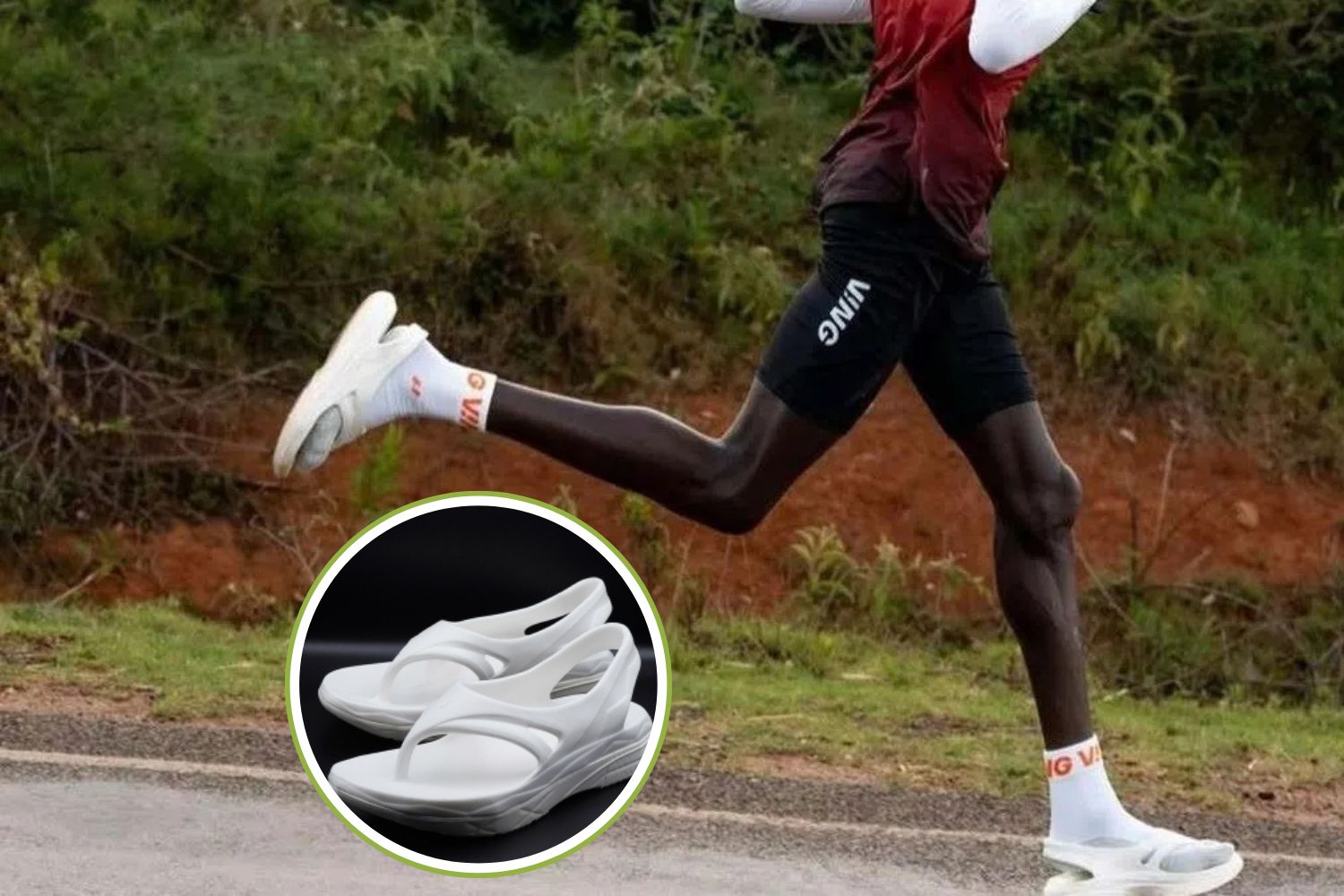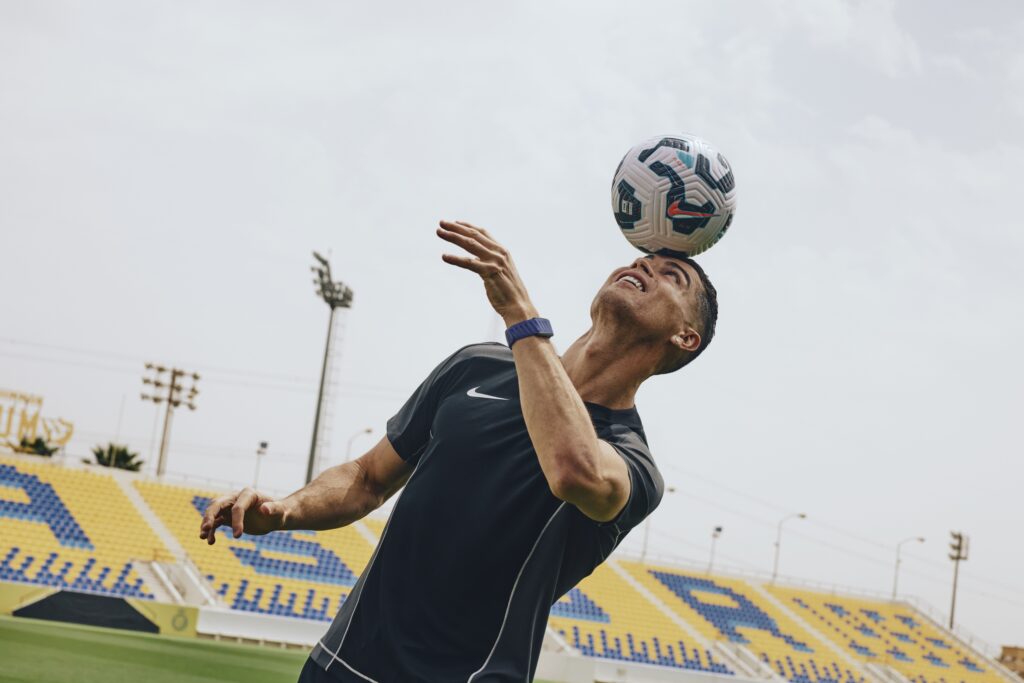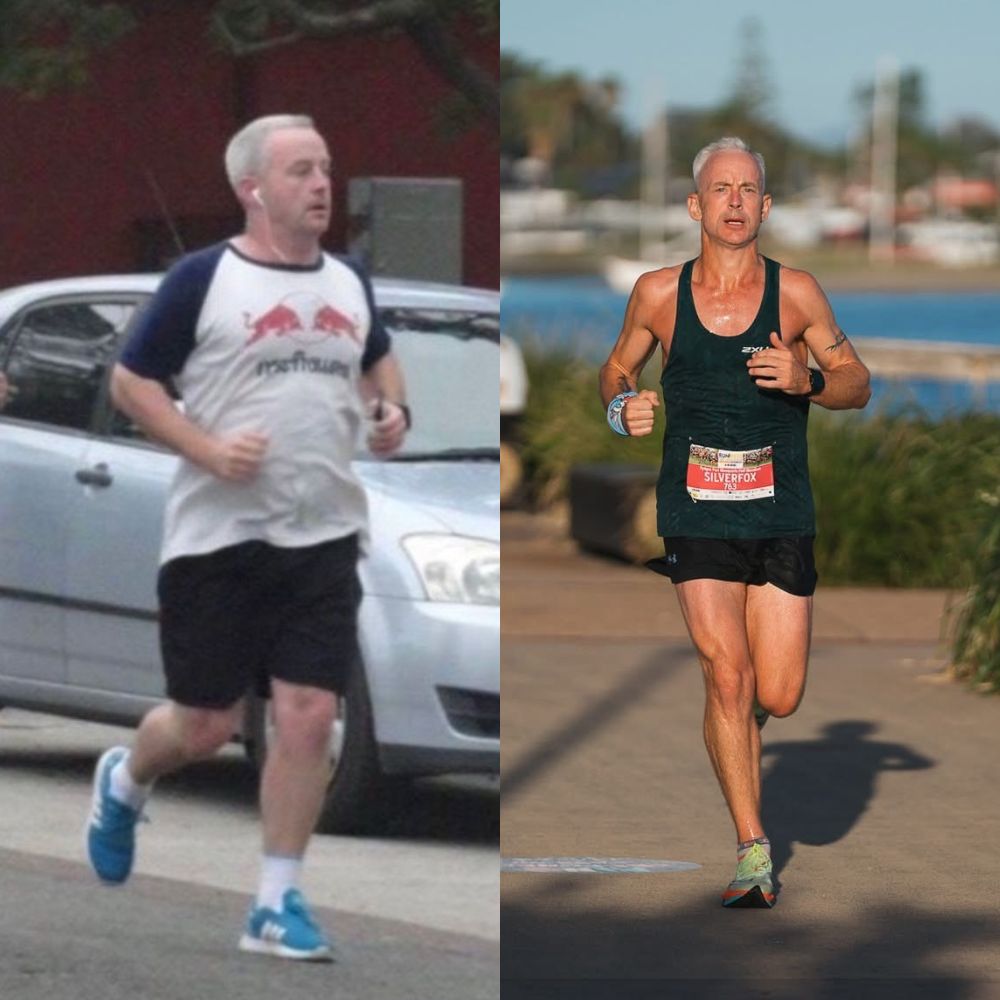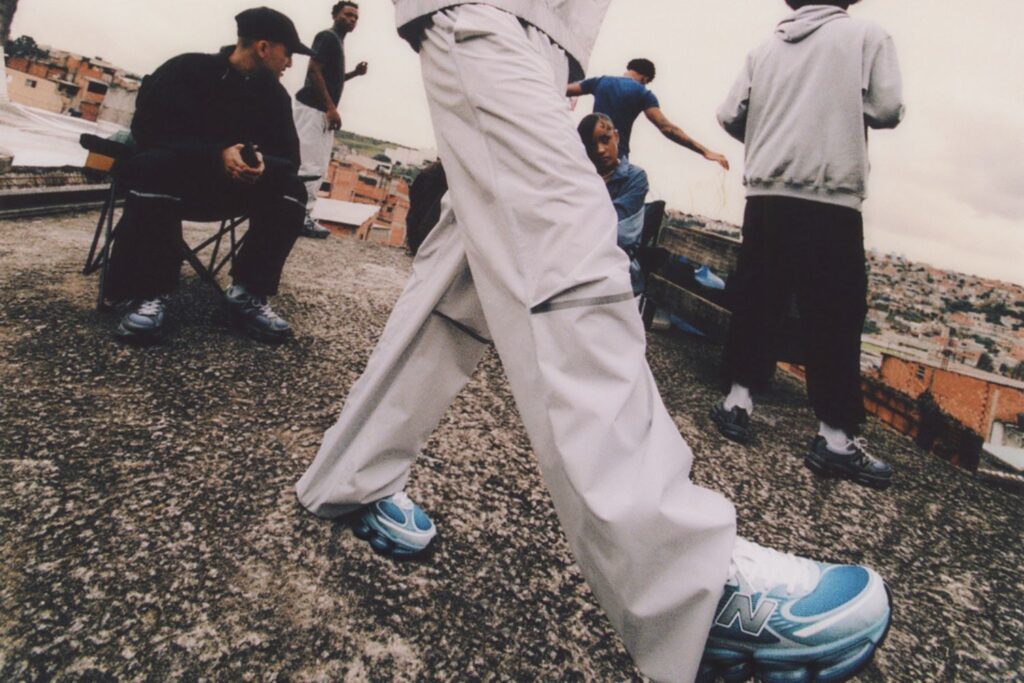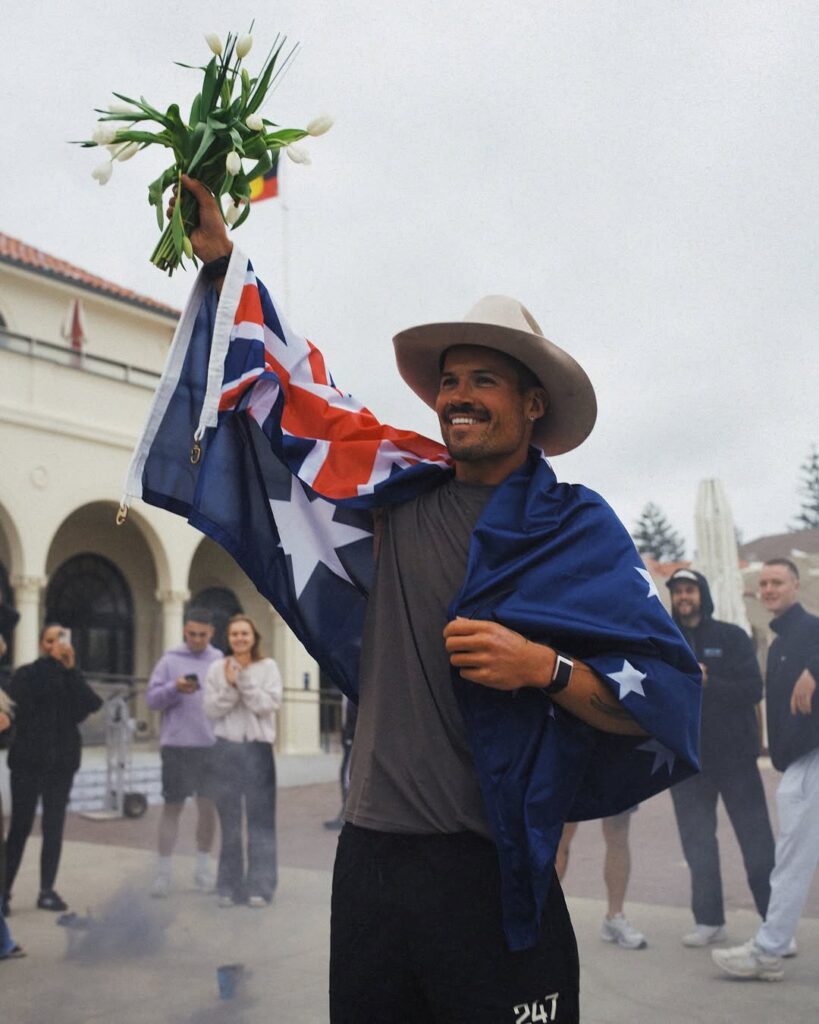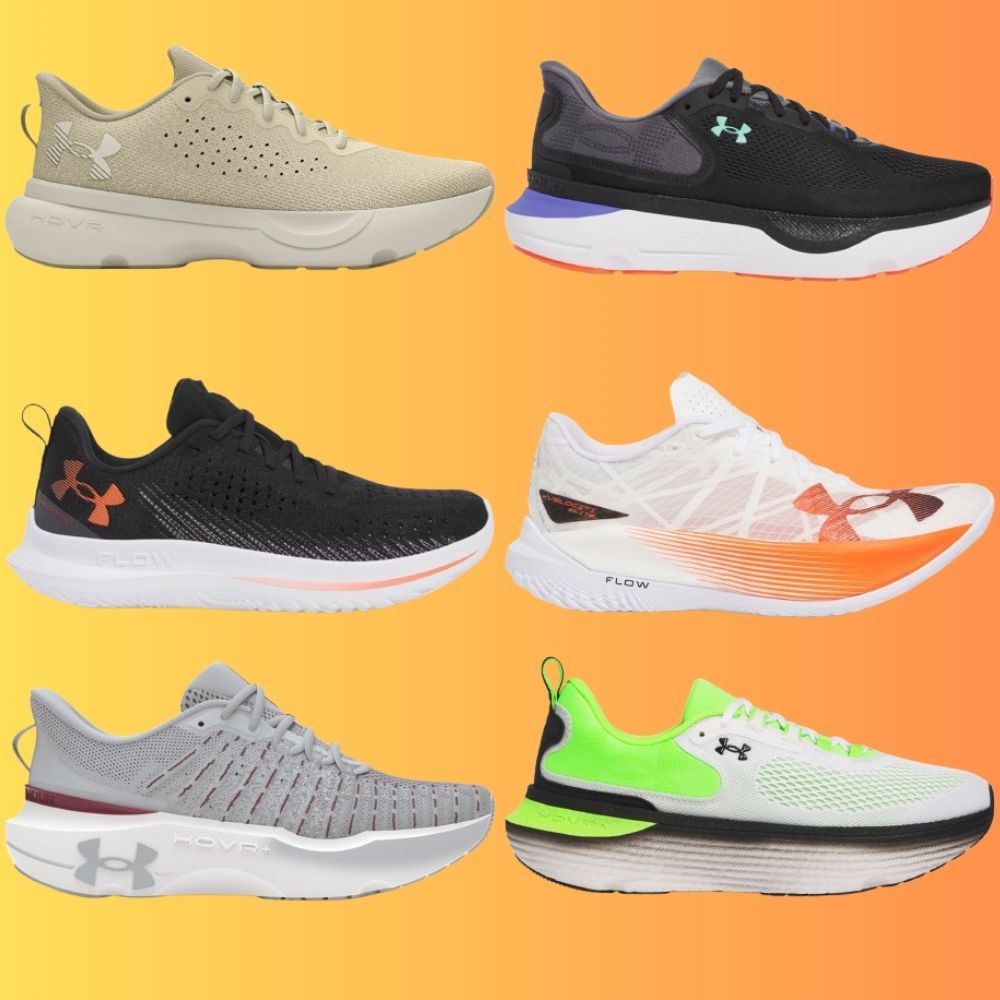PERFORMANCE FOOTWEAR is one of the most innovative industries in existence. Seemingly revolutionary advancements are made almost every week. Back in 2017, Nike kicked off the ongoing supershoe arms race by releasing the first carbon-plated shoe, allowing runners to run four per cent faster on average. Carbon plates are now ubiquitous, with particular standouts like the PUMA Fast-R Nitro Elite 3 proving to be some of the best shoes ever made.
Carbon plates aren’t the only development, though. In 2024 Adidas released the lightest running shoe ever made, the Adios Pro Evo 1, aiding three of the top four finishers in the Paris Olympic marathon. And more recently, On introduced a revolutionary – we use that word hesitantly, given how often these advancements are occurring – spray-on, lace-less upper.
While these changes will undoubtedly inform the future of running shoes, they aren’t quite as industry-shaking as something that happened in Thailand earlier this year, when a Kenyan runner won the Khon Kaen marathon while wearing a prototype of a carbon-plated running sandal.
No, your eyes do not deceive you. Kenya’s Barnabas Kiplimo crossed the finish line in a time of 2:18:55, but it wasn’t his finishing time that drew attention once he’d broken the tape. Kiplimo was wearing Thai running brand VING’s developmental Nirun sandal.
The Nirun sandal combines an upper that resembles a thong (or a flip-flop, for our non-Australian readers) with a foam midsole – the kind you’d expect to see on a regular running shoe. The upper also features a heel strap, for extra stability, and the midsole is embedded with a full-length carbon plate, as it would be in any supershoe.

It would be easy to deride the Nirun and suggest that Kiplimo could have clocked an even faster time in actual shoes, but for the sake of argument we’re going to be contrarians, because VING could be onto something here.
“A typical sandal would just give you no support, no cushioning and no protection. You can run in it, but your foot just has to work so much harder,” running physio Patrick McNamara tells us at a running shoe launch. “But if it’s a strong midsole with proper foam, if the foot is secure and the toe is locked down like it is there [in the Nirun], then it’s effectively just a regular shoe that’s asking for more attention.”
McNamara does warn, however, that running in a super sandal would take some getting used to, and that Kiplimo likely trained in his sandals for some time before Khon Kaen.
“If there’s less support or less structure in the sandal, all your little stability muscles in your feet and around your ankles have to work overtime,” McNamara says. “Now, if you’ve trained for that, if you’ve been doing it for long period of time and those muscles are ready for it, then you’re fine. You can run a marathon, no worries. But if you’ve been running in a supportive shoe for a long time and then you put on a sandal, your ankles will scream at you and your feet will hurt and everything’s going to blow up.”
So, we’ve established that someone feasibly could run in a super sandal, but is it possible that sandals are not only equal to shoes, but better?
Some studies have shown that there are benefits to running barefoot or in minimalist shoes, which are similar to sandals, and let’s not forget that there is an evolutionary precedent for running in footwear that isn’t enclosed. Humans have always evolved to move in primitive footwear, not pumped-up foam and locked-in uppers. So, has an industry obsessed with racing to outdo itself somehow skipped over the basics?
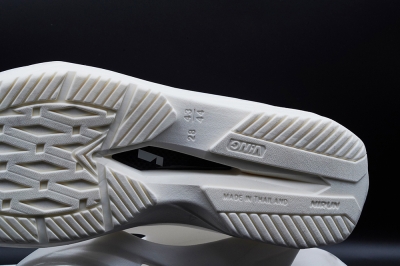
Running shoes have become such an omnipresent part of our lives that we forget that most advancements in the footwear industry have come fairly recently. It was only 65 years ago that a runner won the Olympic marathon barefoot.
At the 1960 Olympics in Rome, Ethiopian runner Abebe Bikila found that his recently purchased shoes didn’t quite fit him properly and gave him blisters. So, he decided he would run the marathon barefoot. Bikila went on to win his nation’s first ever gold medal – and not only that, he also set a new marathon world record in the process. Four years later at the Tokyo Games, Bikila became the first athlete to win back-to-back gold medals in the Olympic marathon – albeit while wearing shoes this time.
Bikila was already an outlier in 1960, and his gold medal-winning time is still the fastest anyone has run a marathon barefoot, but his accomplishments tell us that the gap between running in shoes and running barefoot might not be as big as we think.
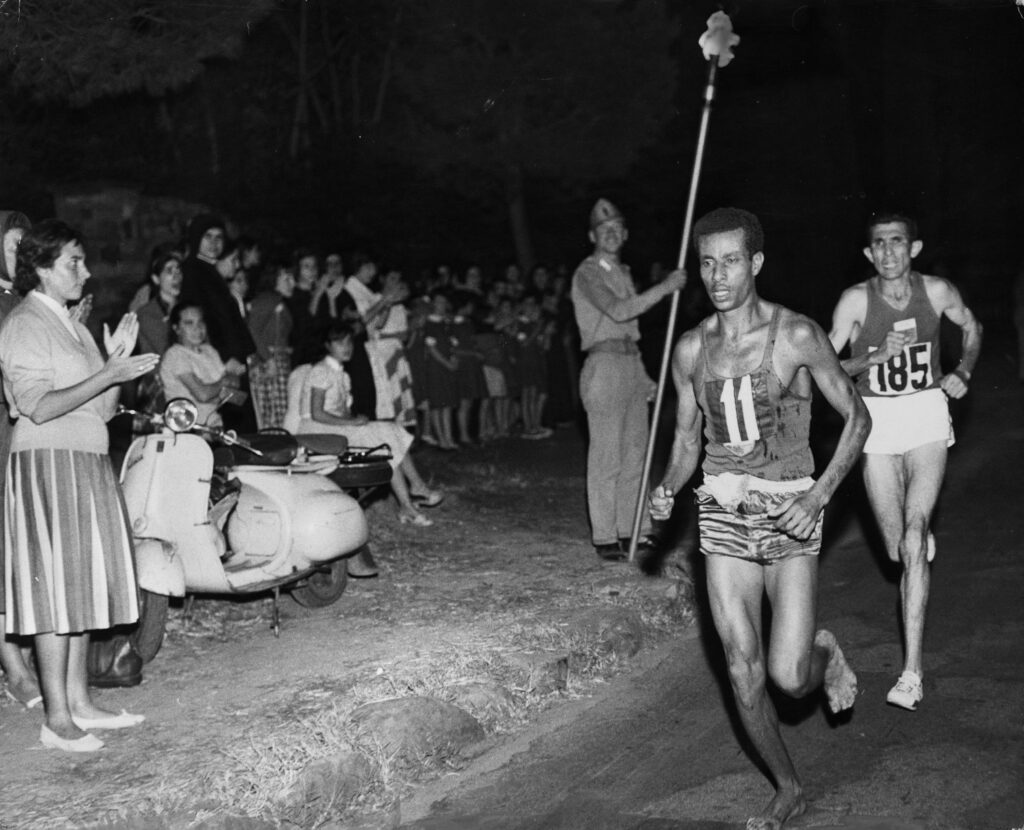
Running barefoot has been shown to be more efficient than running in shoes, at least in terms of energy return. A 2022 study found that running barefoot activates the foot’s core muscle system, which adds recoil energy. Running with shoes limits recoil energy which, over long distances, ultimately means you’ll travel less distance for the same amount of strides.
A review study published in Sports Health also found that people with a forefoot strike pattern might find some relief from knee pain and injury by running barefoot. For the most part though, the review found evidence that suggested running barefoot resulted in a higher risk of injury than running in shoes.
There are benefits and risks to running barefoot. Sandals, then, could offer a happy middle ground between the evolutionary energy efficiency of barefoot running and the injury prevention capabilities of shoes. The Tarahumara tribe of Northern Mexico are living proof of how such a combination can work.

The Tarahumarans – or Rarámuri, which literally translates to “those who run fast” – are renowned for their running ability. Their culture is centred around long-distance running for hunting and transportation, but one of their religious customs is the game ralá hipa, where men kick an oak root ball during a race that can be up to 48 hours long and can cover 320km.
Tarahumarans typically run in hand-made sandals, with little to no cushioning and limited protection from the elements. They regularly participate in organised races, and do well. While information on the Tarahumarans’ splits are understandably limited, studies have been conducted on their running form.
A 2014 study published in the Journal of Health and Sport Science compared the form of Tarahumarans who grew up running in huarache-style sandals with those who didn’t. It found that Tarahumarans who wore sandals were significantly less likely to overstride than those who wore regular shoes, meaning their front foot rarely lands beyond the knee when running. This is a key indicator of what is usually considered good running form, suggesting that running in sandals changes your gait and could help perfect your form.
These findings support McNamara’s assertion that, with the right training, running in sandals can be as natural as running in shoes. In the case of the Tarahumarans, some of whom are trained to run in sandals from birth, sandals have proven to be not only serviceable, but have actually made them better runners.
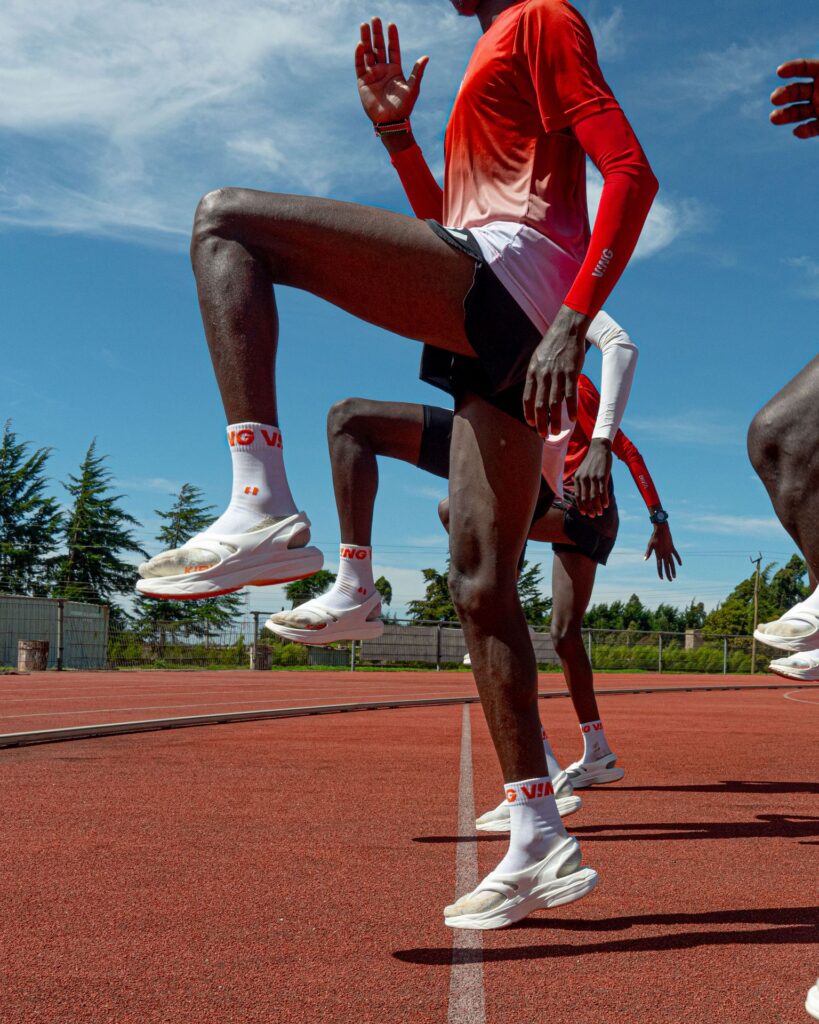
There are benefits to running in sandals, but we’re not going to sit here and pretend that there aren’t also benefits to running in normal shoes. Running shoes are made to complement our evolutionary qualities rather than negate them, so to argue that the Nirun sandal is going to become the norm due to it being closer to barefoot running would probably be hyperbolic. That being said, we can see a future where running sandals do become commonplace, based on current trends.
Weight reduction is everything in performance footwear right now. As McNamara says, “Where the technology is going is actually really exciting. We’re at a place where we can have really high stack, chunky, thick shoes that are really lightweight because the foam tech is so good.”
The reasoning behind the trend towards lighter shoes is obvious, McNamara explains. “Having a lighter shoe makes you more efficient. Imagine you’re running with a heavy backpack on: you’re going to use more energy, more effort, and use more oxygen to compensate for carrying that weight. The same thing applies with carrying weight on your feet.”
“If you’re running in a shoe that’s 100 grams heavier than what you’re used to, it’ll almost be like running with ankle weights,” McNamara continues. “The lighter the shoe, the more efficient you are as a runner, it’s as simple as that.”
Adidas’ Adios Pro Evo 1, the lightest running shoe ever made, helped Tamirat Tola break the Olympic record in the marathon just last year. The shoe weighs in at just 137 grams. But in comparison, the VING Nirun is only slightly heavier, at 171 grams, and most of that extra weight can be attributed to a heavier midsole foam than Adidas’. How much lighter would the Adios Pro Evo 1 be if Adidas just got rid of its upper, we wonder?
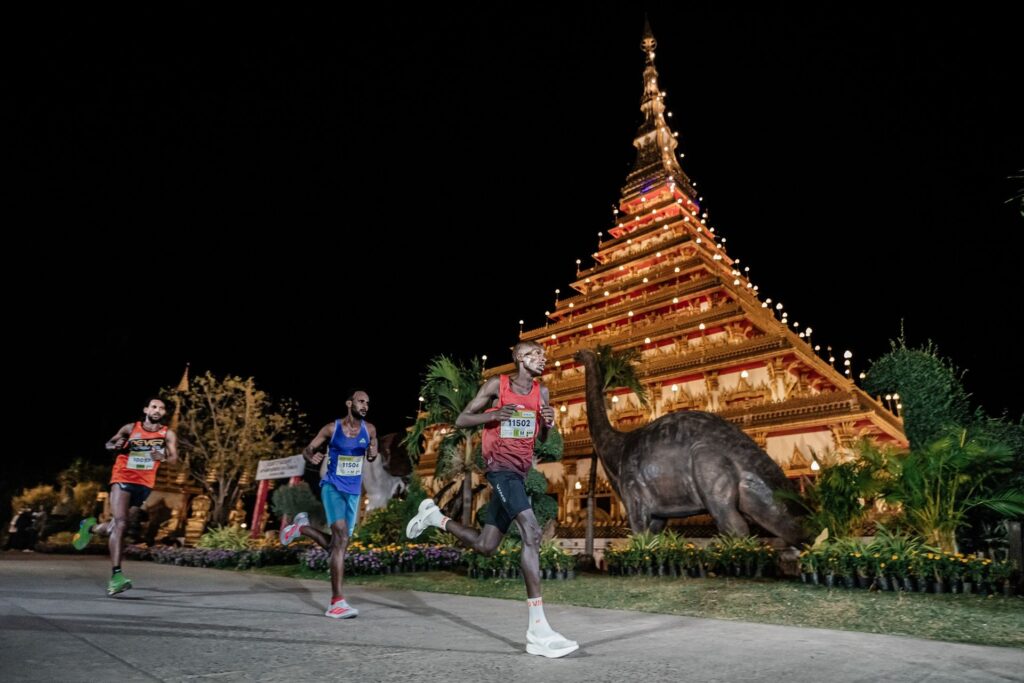
Everything you’re paying for in a running shoe rests underfoot. You won’t find cushioning, a carbon plate or a grippy outsole up top, and uppers don’t add bounce, propulsion or speed, they simply hold your foot in place.
Running brands are starting to realise that the best thing to do with an upper to make it as light as possible and keep it out of the way. How long until those weight-saving measures inevitably lead to the disappearance of the upper altogether is up for interpretation.
If you take a closer look at the Nirun sandal, you’ll notice that its bottom half effectively looks identical to a regular running shoe. If weight-saving continues to be the golden goose it currently is, traditional uppers could be eliminated entirely. Lighter, sandal-like features (if not full-blown sandals themselves) that hold your foot in place without adding weight could be the logical conclusion of the trend towards feather-light running shoes.
In any case, it will likely still be some time before super sandals take off. All we’re saying is, don’t be afraid of the revolution when it comes. A sandal that combines the evolutionary benefits of running barefoot with the innovation of a premium running shoe could be a game-changer, and being an early adopter could bear fruit.




